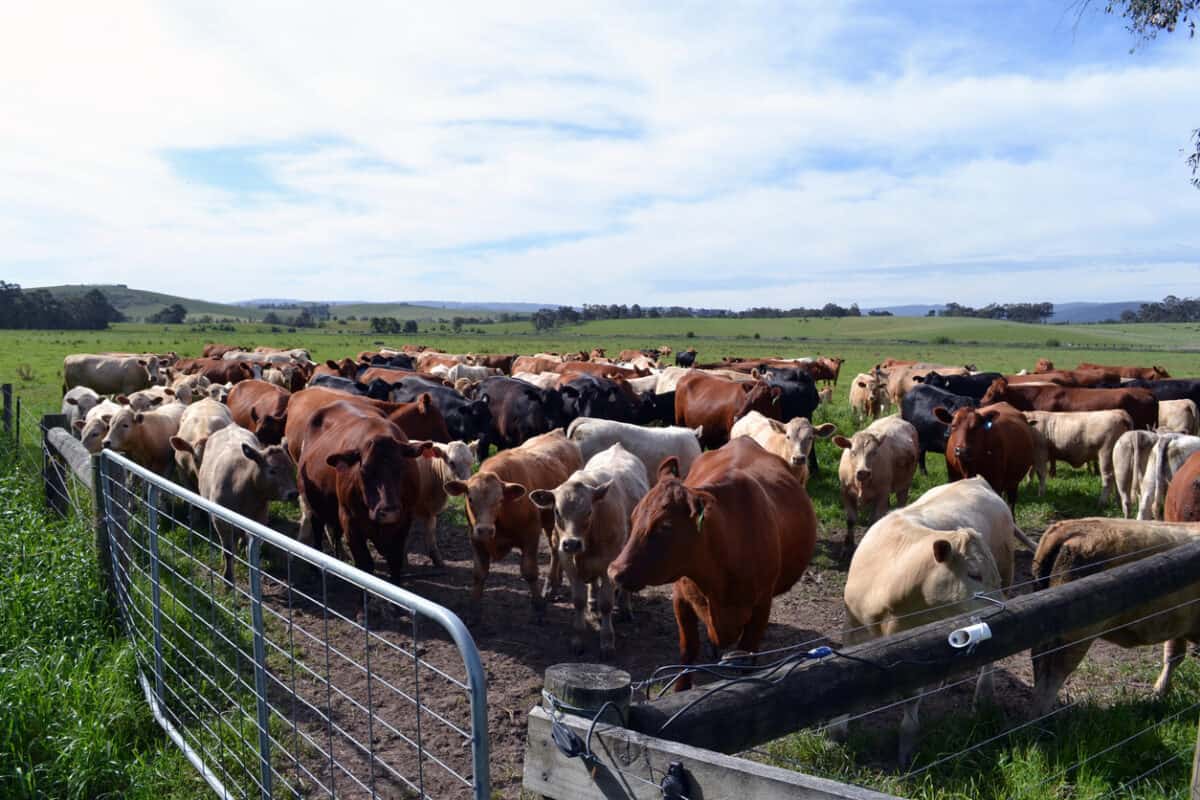A recent online article started:
“We all deserve to leave for work each day, knowing that if we say goodbye to our loved ones, it’s not goodbye forever. And when we’re at work, our laws should protect us and keep us safe.”
It contains a heartfelt sentiment but also perpetuates a myth. Occupational Health and Safety (OHS) laws do not protect us or keep us safe. They establish a socio-legal framework that needs to be enforced by a combination of employers, workers, Regulators, Health and Safety Representatives, bystanders, the public, the government, relatives, and others, depending on the work situation at the time.
Just as “mindful” has a different subtext to “careful” so we need to avoid empowering laws beyond their design and dehumanising the OHS process. We need to remember that people are integral to the enforcement of OHS laws, duties and obligations for if we remove people from this activity, OHS becomes a responsibility of everyone and no one.
BTW, the article is a lovely profile of Lana Cormie







